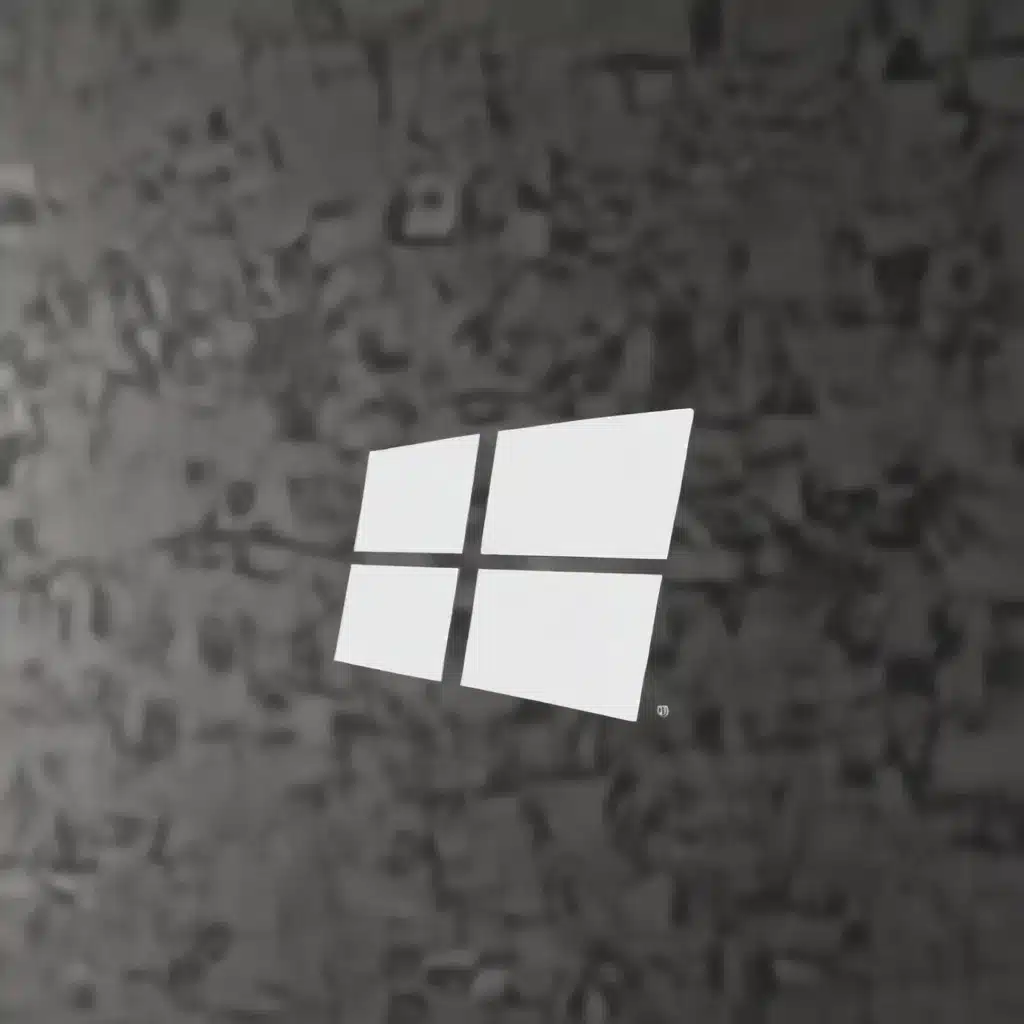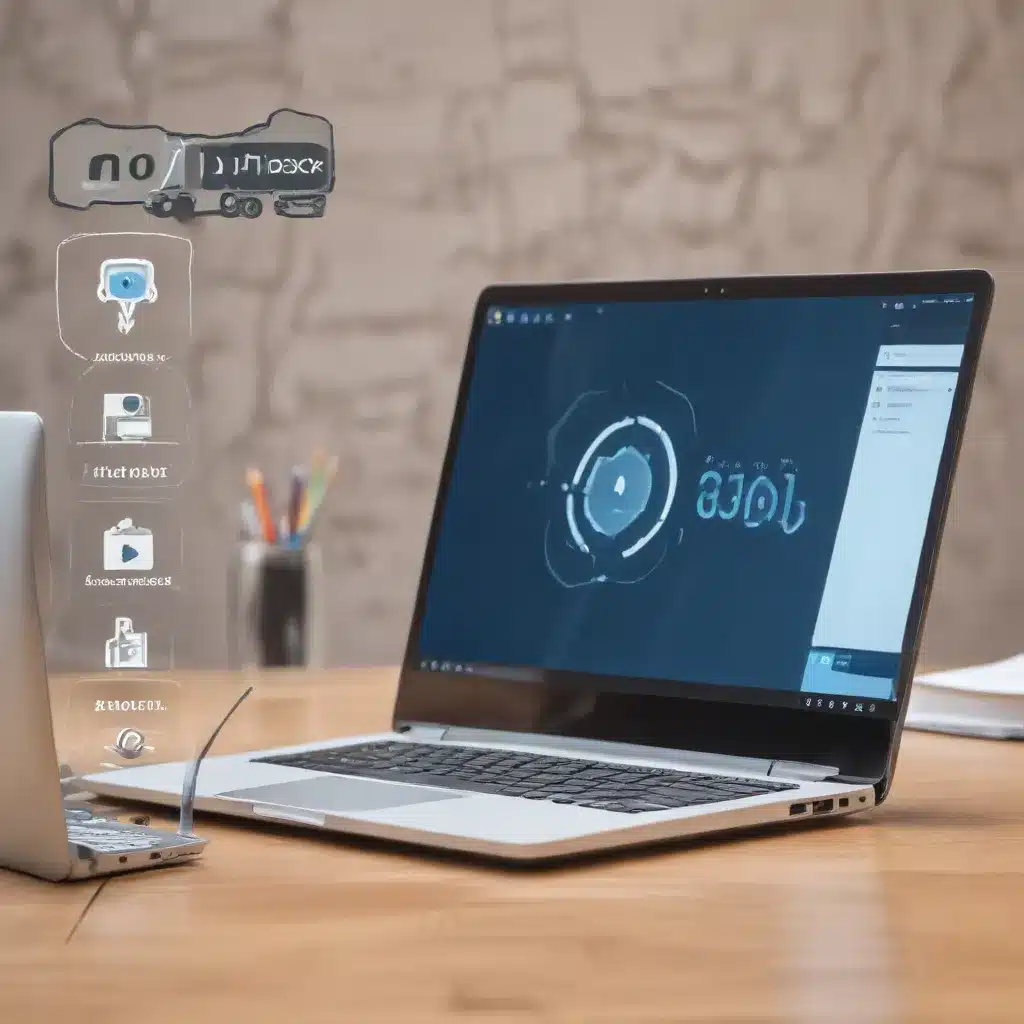As an experienced IT specialist, I’ve seen the world of technology evolve at a rapid pace, bringing with it both exciting advancements and daunting challenges. In this article, I’ll share my personal insights and practical strategies to help you navigate the ever-changing landscape of computer maintenance, cybersecurity, and technological innovations.
Optimizing System Performance: A Digital Tune-Up
One of the primary concerns I often encounter is the frustration of slow-running computers. While we may be tempted to simply upgrade our hardware, there are often simpler and more cost-effective solutions.
For instance, regular software updates can greatly improve system performance by addressing known issues and vulnerabilities. By keeping your operating system, drivers, and applications up to date, you can unlock hidden performance gains and ensure your devices are running at their best.
Another often-overlooked step is the importance of regularly clearing cache and temp files. These accumulated data fragments can slow down your system’s responsiveness, leading to frustrating lags and delays. A quick sweep of your computer’s temporary directories can often provide a noticeable boost in speed.
Don’t forget the power of a good old-fashioned disk cleanup as well. Over time, our hard drives can become cluttered with unnecessary files, fragments, and outdated data. By taking the time to identify and remove these digital remnants, you can free up valuable storage space and improve overall system performance.
Safeguarding Your Digital Fortress: Cybersecurity Essentials
In today’s interconnected world, cybersecurity has become a paramount concern for both individuals and businesses. As an IT specialist, I’ve witnessed firsthand the devastating impact of data breaches, malware infections, and other cyber threats. That’s why I’m passionate about empowering you with the knowledge and tools to fortify your digital fortress.
One of the foundational pillars of effective cybersecurity is implementing robust password management practices. Far too often, I encounter users relying on weak, easily guessable passwords or reusing the same credentials across multiple accounts. This puts your sensitive information at grave risk.
I recommend using a reliable password manager to generate, store, and securely access your login credentials. This not only enhances the strength of your passwords but also streamlines the entire process, eliminating the need to remember countless different combinations.
Another essential cybersecurity measure is enabling two-factor or multi-factor authentication wherever possible. This additional layer of security effectively mitigates the risk of unauthorized access, even if your password is compromised. By requiring a second form of verification, such as a one-time code or biometric authentication, you can safeguard your accounts from prying eyes.
Regular software updates and patches are also crucial for maintaining a robust cybersecurity posture. Cybercriminals are constantly on the lookout for vulnerabilities in popular applications and operating systems. By ensuring your devices are running the latest versions with the most up-to-date security fixes, you can significantly reduce the chances of falling victim to malware, ransomware, or other cyber attacks.
Navigating the Evolving Technology Landscape
The world of technology is in a constant state of flux, with new advancements and innovations emerging at a dizzying pace. As an IT specialist, it’s my responsibility to stay ahead of the curve, continuously educating myself and sharing my knowledge with others.
One area that has seen remarkable progress in recent years is the field of artificial intelligence (AI) and machine learning (ML). These technologies are transforming the way we interact with our devices and tackle complex problems. From intelligent personal assistants to automated threat detection systems, AI is poised to revolutionize the IT industry.
As AI and ML capabilities continue to evolve, I foresee a future where many routine IT tasks, such as system diagnostics and software troubleshooting, will become increasingly automated. This will not only streamline workflows but also free up IT professionals to focus on more strategic and innovative initiatives.
Another technological advancement that has captured my attention is the growing importance of cloud computing. By leveraging cloud-based services and infrastructure, businesses and individuals can enjoy greater flexibility, scalability, and cost-efficiency in managing their digital assets.
As more and more data and applications migrate to the cloud, it’s crucial to understand the unique cybersecurity considerations and best practices associated with this paradigm shift. Ensuring the confidentiality, integrity, and availability of your cloud-stored information is paramount, and I’m committed to providing you with the guidance and resources to navigate this evolving landscape.
Empowering Users: IT Support and Training
At the heart of my role as an IT specialist lies a deep commitment to empowering users and fostering technological self-reliance. I firmly believe that the more users understand the inner workings of their devices and the tools at their disposal, the better equipped they’ll be to tackle everyday IT challenges.
One of the key aspects of my approach is providing comprehensive training and support. Whether it’s guiding users through software installations, troubleshooting network connectivity issues, or educating them on the importance of data backup and recovery, I strive to equip my clients with the knowledge and skills they need to become more self-sufficient.
I’ve found that by taking the time to explain the underlying principles and rationale behind various IT processes, users develop a greater appreciation for the technology they rely on. This, in turn, leads to more informed decision-making and a better understanding of how to maintain the health and security of their digital environments.
Moreover, I actively encourage users to embrace the concept of “data care” – the idea that each individual has a personal responsibility to safeguard their digital information and online presence. By fostering this sense of ownership and accountability, I believe we can collectively strengthen the cybersecurity posture of our communities and industries.
Adapting to the Future: Embracing Technological Change
As an IT specialist, I understand that the only constant in our digital world is change. The technologies and best practices that serve us well today may be obsolete or radically transformed in the years to come. That’s why I’m committed to continuously expanding my own knowledge and staying at the forefront of industry trends and innovations.
One area that I’m particularly excited about is the growing emphasis on data governance and privacy. The CARE Principles for Indigenous Data Governance provide a compelling framework for ensuring that data is managed and utilized in a way that respects the rights and interests of individuals and communities. As we navigate the complexities of an increasingly data-driven world, I believe these principles can serve as a valuable guide for both users and IT professionals.
Moreover, I’m intrigued by the potential of emerging technologies like blockchain and quantum computing to revolutionize data security and infrastructure. As these innovations continue to mature, I’m dedicated to exploring their applications and implications within the IT landscape.
Ultimately, my role as an IT specialist is not just about fixing problems or optimizing systems – it’s about empowering users, fostering technological literacy, and preparing for the future. By embracing change and staying ahead of the curve, I believe we can collectively navigate the ever-evolving world of IT with confidence and success.
I encourage you to visit itfix.org.uk to explore a wealth of resources and insights that can help you unlock the full potential of your digital life. Together, let’s embark on a journey of continuous learning and mastery, ensuring that our IT experiences are not just functional, but truly empowering.













